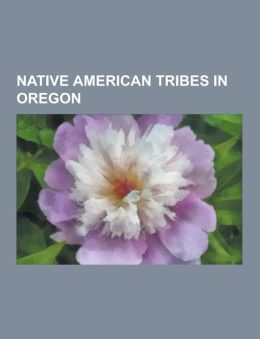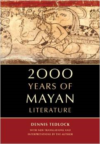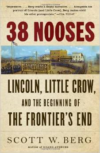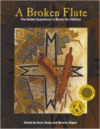Description
Please note that the content of this book primarily consists of articles available from Wikipedia or other free sources online. Pages: 37. Chapters: Nez Perce, Klamath people, Paiute people, Modoc, Confederated Tribes of Siletz Indians, Sahaptin people, Shoshone people, Indigenous peoples of the Great Basin, Takelma, Karuk, Coquille Indian Tribe, Tillamook people, Cayuse people, Confederated Tribes of the Grand Ronde Community of Oregon, Tolowa, Chinook people, Klickitat people, Wasco-Wishram, Chetco people, Walla Walla tribe, Atfalati, Latgawa, Siuslaw people, Multnomah people, Warm Springs tribes, List of federally recognized Native American tribes in Oregon, Confederated Tribes of Warm Springs, Molala people, Shasta people, Clackamas tribe, Burns Paiute Tribe, Coquille people, Umatilla tribe, Coos people, Bannock people, Umpqua people, Alsea people, Siletz people, Rogue River people, Confederated Tribes of the Umatilla Indian Reservation, Snake Indians, Yahooskin, Cow Creek Band of Umpqua Tribe of Indians, Confederated Tribes of Coos, Lower Umpqua and Siuslaw Indians, Yaquina people, Shasta Costa. Excerpt: Paiute (; also Piute) refers to three closely related groups of Native Americans – the Northern Paiute of California, Idaho, Nevada and Oregon; the Owens Valley Paiute of California and Nevada; and the Southern Paiute of Arizona, southeastern California and Nevada, and Utah. The origin of the word Paiute is unclear. Some anthropologists have interpreted it as “Water Ute” or “True Ute.” The Northern Paiute call themselves Numa (sometimes written Numu); the Southern Paiute call themselves Nuwuvi. Both terms mean “the people.” The Northern Paiute are sometimes referred to as Paviotso. Early Spanish explorers called the Southern Paiute Payuchi (they did not make contact with the Northern Paiute). Early Euro-American settlers often called both groups of Paiute “Diggers” (presumably because of their practice of digging for roots). As the Paiute consider the…






Reviews
There are no reviews yet.